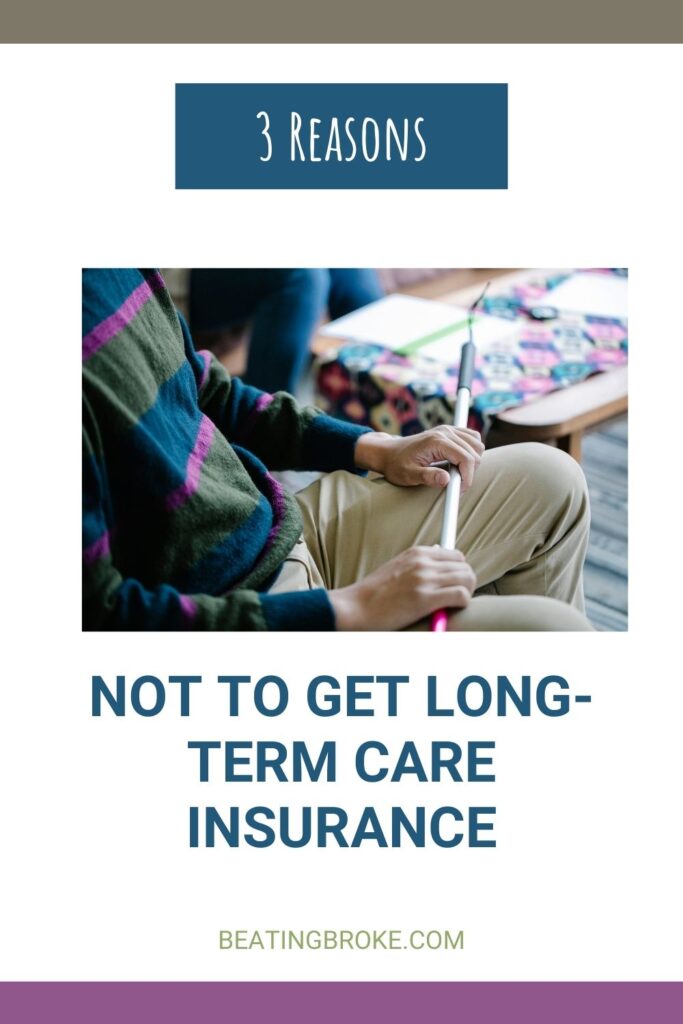
A financial emergency, large or small, can happen at any time. Maybe you have a $2000 car repair that you hadn’t expected. Or, worse, you get laid off. You should save for financial emergencies to prepare for life’s unexpected expenses. We’ve been working on bulking up our savings for the last few years. Here’s how we’re doing.
Utilize Sinking Funds
Our first step was to create a budget that realistically represented our expenses. So, we save $138 every paycheck for home improvements. Then, we save another $138 for home maintenance. That gives us $3588 yearly for home improvements and $3588 for home maintenance. Honestly, that’s likely not enough, but it’s the best we can do for now.
We also set aside $92 per paycheck for car repairs/maintenance, giving ourselves $2,400 annually for this category. So, if we have a car repair, we pay for it from this sinking fund.
The sinking funds allow us to pay for expenses without dipping into our emergency fund.
Budget a Month in Advance
Next, we worked on budgeting a month in advance. As we earned money above what we had budgeted, we started applying it to next month’s expenses. We now have enough money to cover an entire month of costs. So, when we get paid in May, I don’t use the money in May. Instead, I use it to fund June’s expenses. Now that we’ve accomplished this goal, I’m working on budgeting two months ahead. (This might take me another year to complete.)
Have an Emergency Fund
Beyond sinking funds and budgeting in advance, we also have a separate emergency fund. I want to get this up to at least $10,000, but right now, it’s sitting at $3,500. We will use this if we have a significant home or car repair that exceeds our sinking fund. We could also use it if one of us lost our job.
Consider Credit Cards
We don’t have credit card debt, and we’d like to avoid having any in the future. However, we could use our credit cards if we had a significant emergency, such as a personal injury or a long-term unemployment situation. We have tens of thousands available, though we’d only use them as a last resort.
Additional Safeguards
We have additional safeguards in place for financial emergencies.
- My husband and I both work, so it’s unlikely we would lose our jobs simultaneously. Therefore, we should always have some income stream.
- Second, my husband has short-term and long-term disability insurance since he’s the primary breadwinner.
- Third, we have life insurance in place for both of us.
Final Thoughts
Our strategy to save for financial emergencies is an ongoing one. We will continue to save, focusing now on budgeting two months in advance rather than one month. We will also work to grow our emergency fund. Finally, when either of us gets a raise, we will use some of the increase in funds to increase our sinking funds, so we will have to rely less on our emergency fund.
Read More
Credit Cards as Emergency Funds
Are You Ready for a BIG Emergency?
Should You Create Sinking Funds Before You’re Debt Free?
Melissa is a writer and virtual assistant. She earned her Master’s from Southern Illinois University, and her Bachelor’s in English from the University of Michigan. When she’s not working, you can find her homeschooling her kids, reading a good book, or cooking. She resides in New York, where she loves the natural beauty of the area.




